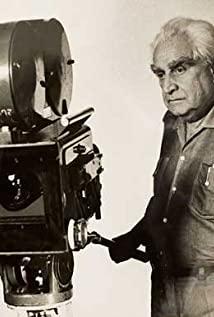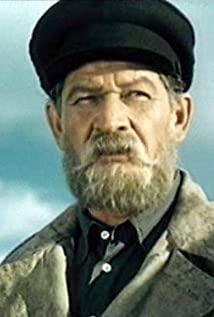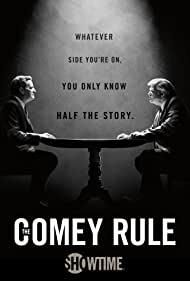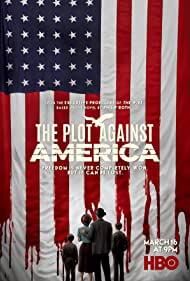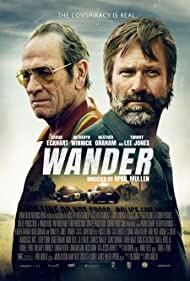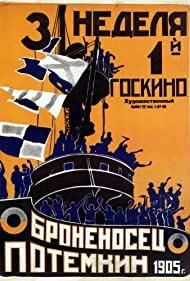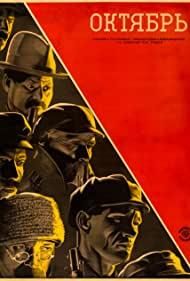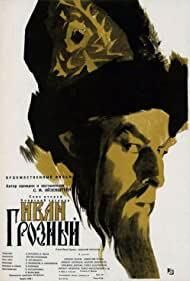-
By Oswaldo 2022-12-26 15:51:51
In the 1920s and 1930s, sound films began to appear. Although they did not pose a great threat to silent films at first, due to the uncertainty of live performances, the development of recording technology made the synchronization of sound and pictures more accurate and cost-effective. , the sound has greatly enhanced the realism of the film, the sound film began to become the mainstream, and the silent film, once called the masterpiece of "the great mute", began to no longer need to...
-
By Angel 2022-11-24 00:50:38
Some background information on The Strike
"Strike" is Eisenstein's debut novel, and he has conducted many experiments in montage.
Even later, he filmed "Battleship Potemkin", which attracted worldwide attention. In the collection of essays, Ai found that the latter was much backward than "Strike". .
Watching the comparison between the bourgeoisie and animals at the beginning of the film, and the alternation of shooting workers and slaughtering livestock at the end, you can see the unique position of "Strike" in the... -
By Sedrick 2022-11-22 14:41:07
1. Filmed with state funding. Lenin mentioned the film as a medium that can best serve ideology. "Strike" was used as a "textbook" for socialist film shooting at that time, whether in form or political propaganda, but it is undeniable that it is indeed very good, and it has become a reference book for countless films in the future.
2. Each frame can be used as a still photographic work, and the composition is excellent.
3. Film art serves ideology. If communism/socialism... -
By Edgardo 2022-10-17 23:29:26
Eisenstein's late film theory: Utopian viewing behavior and aesthetic collectiveness
Press: When discussing labor relations and the aesthetic ideology of the proletariat from the perspective of video, we must not be able to bypass Eisenstein as a key starting point. As the founder of the montage technique, Eisenstein became one of the leaders of the Soviet avant-garde with his revolutionary artistic language combined with clear political ideas. As viewers today, how should we dismantle the organic combination between image form and political ideas? As a...
By Lenna 2022-10-06 11:29:15
The German-French Avant-Garde and the Soviet Montage School
In the French avant-garde, more attention was paid to formal beauty.
On the other hand, the German avant-garde has become more and more beautiful in content, reflecting more of the social reality. Murnau, the leader of expressionism, "The Lowliest Man", etc. But in his, "The Vampire" seems to see expressive montages, a large number of mice, the panic of livestock and other single-shot compositions.
And Eisenstein, whether in "Battleship"...
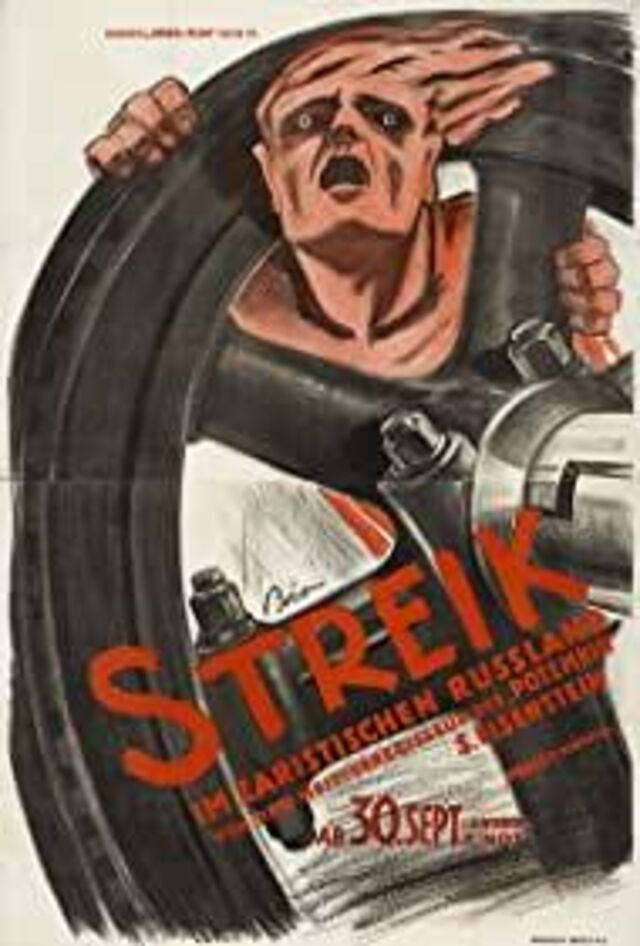
Stachka
Top cast
Details
- Release date 1961
- Production companies 1-ya Goskino Fabrika, Goskino, Proletkult
Movie reviews
( 13 )
Add reviews
User comments
( 25 )
Add comments
-
By Ladarius 2023-09-23 06:45:18
8.5/10. ①The beginning and end of a failed but tragic strike movement during the Tsarist period. ②A lot of superimposed montages, quick montages, close-up face montages, and sideshow montages, such as the two scenes of worker riots at the end of chapter 5 and chapter 6 + being suppressed (that massacre of workers + killing cattle may have inspired Apocalypse Now ”), but the overall montage application level is quite different from Potemkin and October, and some juggling montages are too...
-
By Angelo 2023-08-22 03:22:28
7.3; The last chapter is still the best, the complex spatial structure and the resulting intra-shot montage, and the musical-style single-shot length control. But this film undoubtedly exposed the ignorance of the...
-
By Ed 2023-08-17 06:03:52
When the people are being swept away by the water guns of tyranny, no matter what, they have to be matched with one who can't afford to hurt...
-
By Sherwood 2023-07-11 20:57:59
i think it takes time before i realize how important this film...
-
By Norberto 2023-07-02 17:31:46
The film is a perfect example of Eisenstein's talent. All sorts of clever camera setups, mise-en-scène, and dazzling editing are not the hallmarks of a directorial debut. His mastery of multi-line stories and the use of his montage theory greatly enhance the film's dramatic tension. In addition to the group play, the portrayal of independent characters is also very interesting. Although the story itself is driven by class consciousness, it is still a great work of...
Movie plot
-
Opening Title Card: The strength of the working class is in its organization. Without the organization of the masses, the proletariat is nothing. An organized proletariat is everything. Good organization means unity of action, the unity of practical activity. Lenin, 1907
-
Title Card: At the factory, all is calm. BUT. The boys are restless.
-
Title Card: Shedding light on "surveillance techniques." List of surveillance agents: Monkey, Quiet One, Bishop, Fellow-countryman, Zoya, Bulldog, Fox, Tailor, Shepherd, Owl, Creeper.








